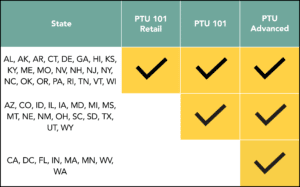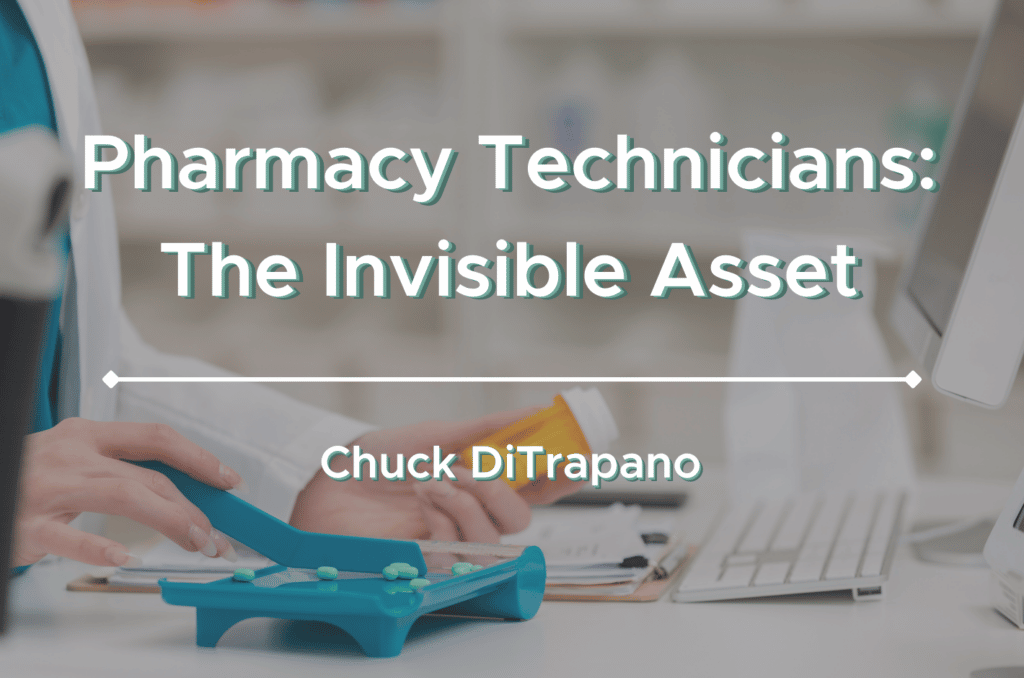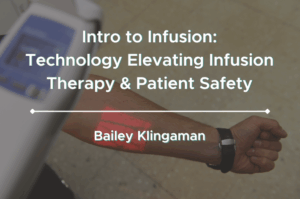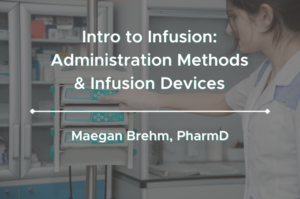If you have ever had a prescription filled in a pharmacy, received an IV infusion in a hospital, or received a medication in a nursing home, you have received services from a pharmacy technician. Who are these people? How are they trained?
The answer to these questions is both complex and inconsistent but can be summarized in one phrase, “it depends.” This post will provide some background about my own experience with pharmacy technicians, explore the current regulatory landscape, and provide some suggestions for how we can move forward.
Pharmacist Mate – NEC HM-8242
One of my first positions as a pharmacist was as a pharmacy officer at the US Naval Hospital in Philadelphia. That job caused me to fall in love with both the Navy and Philadelphia, as well as, to develop a special appreciation for pharmacy technicians.
The Navy Enlisted Classification (NEC) for a pharmacy technician is NEC HM-8242. The pharmacy technicians are trained first as hospital corpsman and then they attend a 12-week course at the joint Medical Education and Training Campus (METC) in San Antonio, Texas. That’s 26-weeks total in military style training, 8-hour days, 5 days a week.
Naval pharmacy technicians perform the same type of tasks in naval hospitals as civilian pharmacy technicians. Among those duties are dispensing, sterile compounding, non-sterile compounding, automated dispensing cabinet management, and purchasing.
Besides the work that they do in naval hospitals, they also serve “independent duty”. Independent duty involves work on naval war ships. These individuals can also be deployed to FMF (fleet marine force) to serve in combat areas.
After the intense training and military service, these healthcare professionals know their job and they do it well. Many of the pharmacy technicians that I knew went on to become pharmacists after leaving the Navy, one even later reentered the Navy and became the service chief for all naval pharmacists.
This experience provided me awareness and appreciation for the intensity of the training provided, the required skill sets, and the complex nature of the job of pharmacy technician.
Hospital Pharmacy Technicians
 After my tour in the Navy, I spent the bulk of my career as a practicing hospital pharmacist, with many pharmacy technicians working under my supervision.
After my tour in the Navy, I spent the bulk of my career as a practicing hospital pharmacist, with many pharmacy technicians working under my supervision.
Typically, there is not a single dose of a medication in any hospital pharmacy that does not pass through the hands of at least one pharmacy technician prior to administration. They are extremely valuable team members but very few patients ever realize the complexities and importance of their role.
The Corner Drug Store
Pharmacy technicians also play an important role in retail pharmacy. They work “behind the counter” assisting pharmacists in the preparation and dispensing of medications.
Retail pharmacy technicians must also learn about insurance plans, co-pays, and the use of generic medications so they are equipped to handle patient questions.
What do the regulations say?

Pharmacy technician certification or registration is controlled at the state level and not the federal level. As you can imagine, states are all over the board at this time, but that is changing.
The good news is that virtually every state in looking at legislation to regulate pharmacy technicians and the number of states regulating pharmacy technician training has increased steadily over the last 10 years.
While many states do not specifically define the duties of pharmacy technicians, some states mandate pharmacy technician to pharmacist work ratios. Common ratios are 2:1 or 3:1, meaning two technicians to one pharmacist in the workplace.
Unfortunately still, in most states (including my home state of Pennsylvania), licensure is not required. Registration is not required. There is no minimum skill proficiency required. Training is often provided on the job with no organized standards (though many organizations establish their own set of requirements which can vary widely).
In Ohio in 2005, there was no registration or licensure of pharmacy technicians. That changed in February of 2006. Only after Emily Jerry’s tragic death, through the formation of the Emily Jerry Foundation, and by the perseverance of her dad, Emily’s Law was passed–requiring certification, background checks, and minimum standards of practice for pharmacy technicians.
I guess that it’s human nature to only react after there is a tragedy. Do we really need to wait for a tragedy like this to happen in all of the states that still currently have no standards of practice? I sure hope not!
As you can imagine, the various requirements and differences across state lines creates confusion, inconsistency, and problems for both organizations and pharmacy technicians.
PTCB

The Pharmacy Technician Certification Board provides a nationally recognized exam to measure competency for pharmacy technicians.
Once a technician achieves certification, they, like practicing pharmacists, must also obtain continuing educations credits to keep their skills up to date and relevant.
Pharmacy technicians that have received certification from PTCB are required to complete 20 hours of continuing educations every 2 years.
Certification (CPhT) is achieved by passing a nation exam administered by PTCB. The exam covers a wide variety of subject matter, all of which would be included in the daily tasks of a pharmacy technician.





